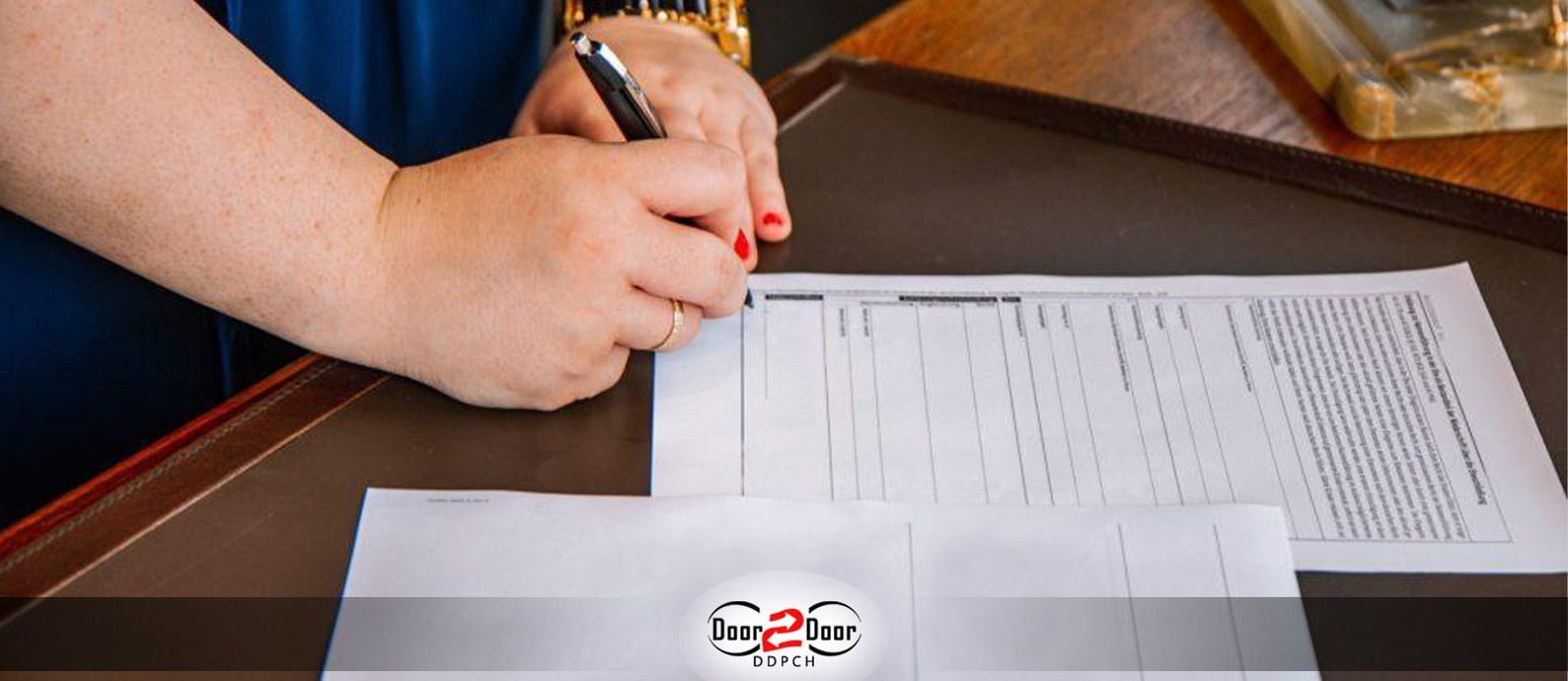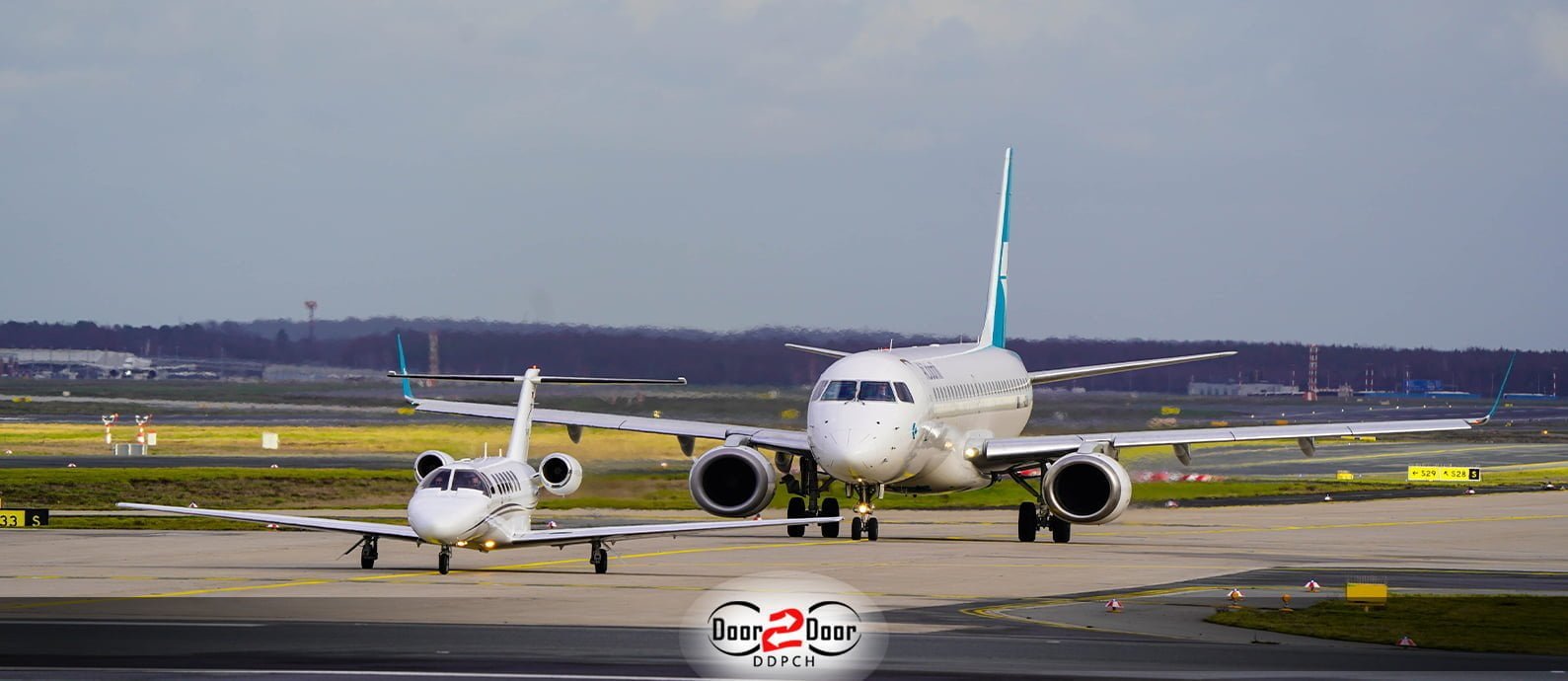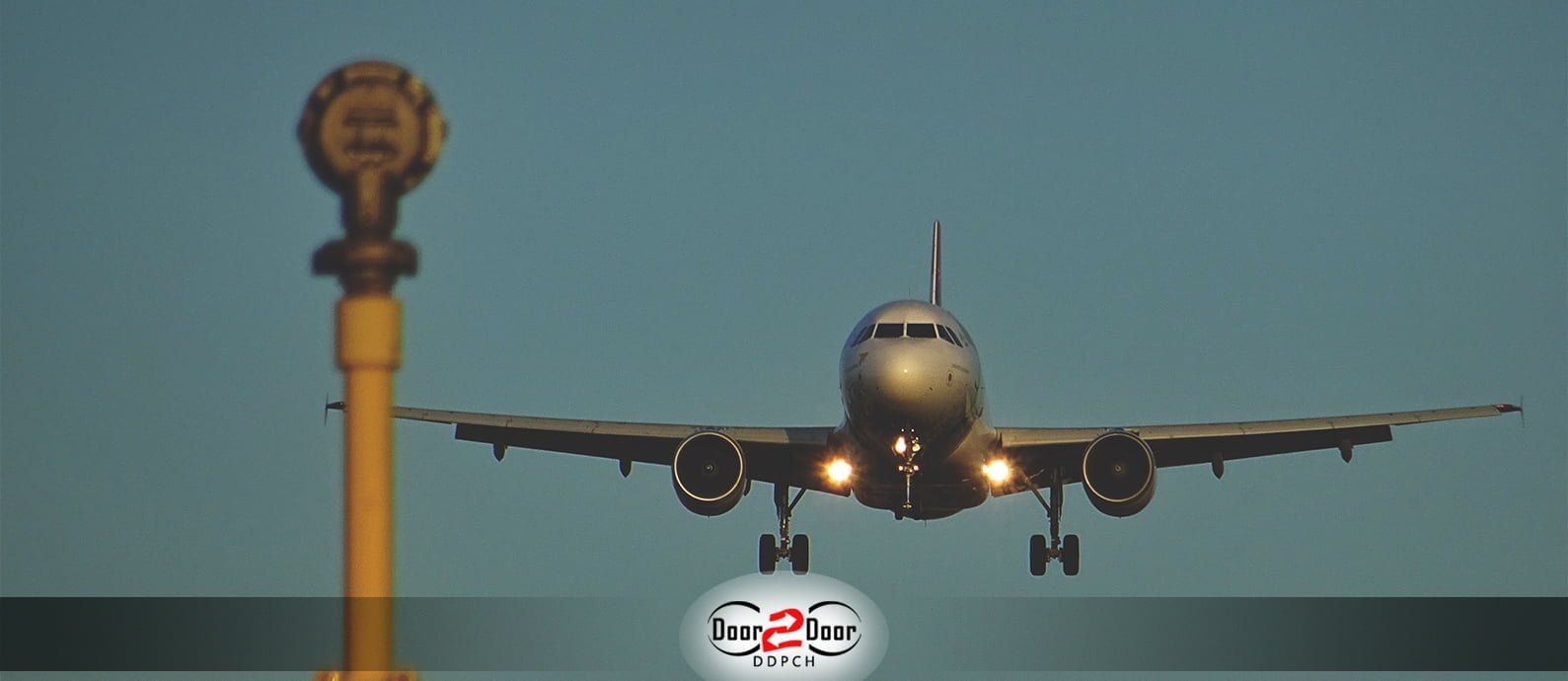
Introduction
If you are importing from China and globally transporting goods, you will need to provide and fill an air waybill. The paper functions as a contract between the shipper and carrier so the information is clear and accurate are crucial. Find out what detail you need to fill an air waybill and how to correctly fill it in.
Filling an air waybill is an essential part of the shipping process when you’re transporting goods globally. This crucial document serves as a contract between the shipper and the carrier, and getting it right is integral to ensure a smooth delivery process. At DDPCH, we’re experts in global logistics and we understand the importance of accurately filling out an air waybill. We also know it can be confusing, especially for first-timers or those unfamiliar with the process. That’s why we’ve created this comprehensive guide to help you fill an air waybill correctly. Whether you’re importing from China or shipping to other parts of the world, this guide will walk you through each step of the process, ensuring you have all the information you need for a successful delivery.
But first, What is an air waybill?
An airway bill is a contract between the shipper and the carrier, which is also known as a consignment note, dispatch notice or waybill. It provides the shipper with key information and is also used for shipment tracking.
Further Reading: What is Bulk carrier? | All you need to know
Now that we know what an air waybill is, let us move on to the steps required to fill an air waybill.

Understanding the Importance of an Air Waybill
Understanding the importance of an air waybill is fundamental when you’re dealing with the global transportation of goods. Essentially, an air waybill serves as a contract between the shipper and the carrier. It confirms the details of the shipment and assures the shipper that the carrier has accepted their goods and committed to delivering them to the specified destination.
The information on an air waybill includes details about the sender, the recipient, the type of goods being transported, and their value, among other things. Moreover, it plays a critical role in the tracking of shipments, enabling both the sender and receiver to know where the goods are at any given point during transportation. This crucial document, therefore, ensures transparency, reliability, and efficiency in the shipping process. At DDPCH, we emphasize the importance of correctly filling an air waybill to guarantee a smooth and worry-free shipping experience for all parties involved.
Should the information be typed or handwritten?
When you want to fill an air waybill, typing the information is the best way so it is clear and easy to read. If the air waybill is to be printed, make sure that the specifics are legible on all copies. This can ensure smooth delivery for your carrier.
The Correct Method to Fill an Air Waybill
Understanding the correct method to fill an air waybill is vital for anyone involved in shipping goods globally. This document serves as a contract between the shipper and the carrier, ensuring that the necessary information is provided accurately to facilitate smooth transportation. When filling out an air waybill, it is essential to be diligent and meticulous, providing all the required details such as the shipper’s and receiver’s information, including addresses and contact numbers.
Additionally, specifying the number of packages, package types, weight, and dimensions of the shipment is crucial. For international shipments, it becomes imperative to include a comprehensive goods description, value, and HS code. Finally, choosing the appropriate shipping service, filling in the billing section correctly, and ensuring the air waybill is signed complete the process. By adhering to the correct method of filling an air waybill, shippers can minimize errors, track their shipments effectively, and ensure the successful delivery of goods across borders.
Details Needed for an Air Waybill
When filling out an air waybill, it’s important to provide specific details to ensure the accurate and smooth transportation of your goods. Here are the key details needed for an air waybill:
- Shipper’s Information: Include the shipper’s complete details, such as name, company name, phone number, address, and tax or VAT ID. If there is a different collection address, make sure to include it as well.
- Receiver’s Information: Provide the receiver’s name, phone number, and delivery address. If there is a different delivery address, include it in this section. Some countries may accept post office addresses as well.
- Shipment Details: Specify the number of packages being shipped, the type of packaging used (e.g., boxes, pallets), and provide accurate weight and dimensions for each package. This information helps determine the total size and weight of the shipment.
- International Shipments: For international shipments, include a detailed goods description that accurately identifies the contents of each package. Additionally, provide the total value of the shipment and assign the appropriate Harmonized System (HS) code, which classifies goods for customs purposes.
- Dangerous Goods: If you are shipping hazardous or dangerous goods, it is crucial to mention this on the air waybill. Provide the necessary information about the nature of the dangerous goods in accordance with relevant regulations.
- Shipping Service: Choose the desired shipping service, such as next-day delivery or specific time frames, based on your requirements.
- Billing Information: Specify who will pay the freight charges. If you are the payer, include your account number. If the receiver is responsible for payment, obtain their account number and ensure you have their permission to use it.
- Signature: Finally, the air waybill must be signed by either the shipper or a company representative to confirm agreement with the provided information.
Importance of Accurate Details on an Air Waybill
The importance of providing accurate details on an air waybill cannot be overstated. This document serves as a crucial contract between the shipper and the carrier, outlining the essential information required for the successful transportation of goods. Accurate details enable smooth coordination between all parties involved, including the shipper, carrier, and customs authorities. Any inaccuracies or omissions in the air waybill can lead to delays, additional costs, and even potential legal issues. Therefore, it is vital to ensure that all information provided on the air waybill is correct and up to date.
Accurate details on the air waybill enable efficient tracking and monitoring of the shipment throughout its journey. Each piece of information, from the shipper’s and receiver’s contact details to the package weight and dimensions, plays a crucial role in ensuring that the shipment reaches its intended destination without complications. Clear and precise descriptions of the goods being transported, along with the assigned HS code, facilitate compliance with customs regulations and reduce the risk of customs clearance delays. By providing accurate billing information, the responsible party for freight charges can be properly identified, avoiding any confusion or disputes during the invoicing process. In summary, accuracy in filling out an air waybill is paramount for a smooth, transparent, and successful shipping experience.
Key Components of an Air Waybill 2023
What details are required to fill an air waybill?
Step 1: fill out your details
In this step, you are required to provide details such as:
- Date
- Account number
- Company name
- Phone number
- Complete address
- VAT or tax ID
If you have a different collection address, make sure to include it.
Step 2: Fill out the details of the receiver
Here to fill an air waybill, you will need to include the following details:
- The receiver’s name
- Phone number
- Tax ID number
Further Reading: Volumetric Weight in Air Freights of China | What to Consider?
One more time, if you have a different delivery address, make sure to include it in this step of filling the air waybill. A few countries will also accept post office addresses.
Step 3: Filling in the details of the shipment:
- The number of packages
- The type of package
- Weight and dimensions
If your shipment is international, it is important to include the following:
- A goods description
- Value
- HS code
And lastly, if you are shipping unsafe or dangerous cargo goods, it is important to mention it while filling the air waybill.

Step 4: Choose a shipping service
There are usually multiple choices to choose from such as delivery the next day, before delivery or Saturday service at 10 am.
Step 5: Fill in the billing section
The close to last step to fill an air waybill is filling out the billing section. That outlines who pays the freight charges for the carrier. When you make the invoice, add your number to your account. If the receiver pays, add their account number and check that you have their permission to do so.
Step 6: Signature
Finally, the air waybill must be signed either by you or by a company representative.
Is there anything else that should be included to fill an air waybill?
Always worth the inclusion of a packing list with a rundown of the products. Put the list inside the packet.
The DDPCH can manage every step of your way. With our years of experience in delivering sea and air freight, express cargos, Amazon FBA, and DDP shipments, we guarantee the fastest and most reliable procedures.
Additional Documents to Accompany an Air Waybill: The Role of a Packing List
When you’re filling out an air waybill, it’s not just about the air waybill itself. Additional documents often accompany the air waybill to ensure a smooth, seamless process of shipment and delivery. One of the key supplementary documents is the packing list.
A packing list, also known as a shipping list or a packing slip, plays a vital role in the international shipping process. It provides detailed information about the contents of a package or shipment. This includes the type, quantity, and description of the goods, their weight, dimensions, and any identifying marks or numbers. The packing list is an essential document for customs clearance, as it helps customs authorities understand the exact nature of the goods being shipped. Including a packing list in your shipment packet, along with your accurately filled air waybill, can therefore significantly streamline the shipping process, and ensure that your goods reach their destination without any unnecessary delays or complications.
Conclusion
In conclusion, filling an air waybill accurately is a crucial step in the global transportation of goods. Whether you’re an experienced shipper or just getting started, it’s vital to get this step right to ensure smooth and hassle-free delivery. At DDPCH, we’ve utilized our expertise in global logistics to provide this comprehensive guide on how to fill an air waybill, simplifying the process for you. Following these steps will not only facilitate effective communication between the shipper and carrier, but also help track your shipments seamlessly. Remember, each detail matters when it comes to filling out an air waybill, and we’re here to make this task as easy as possible for you. With DDPCH, you’re one step closer to a successful global shipping experience.
An air waybill (AWB) is a contract between the shipper and the carrier. It acts as a consignment note or dispatch notice, providing key shipping information and serving as a means for shipment tracking.
The receiver’s details include their name, phone number, and tax ID number. The exact delivery address should also be included.
An air waybill is necessary because it acts as a proof of receipt of the goods by the carrier, a guide to handling, dispatching and delivering the goods and an invoice for the freight.
Shipment details should include the number of packages, type of package, weight and dimensions, goods description, value, and HS code.
The billing section should detail who is paying for the freight charges. It should include the account number of the payer.
Incorrect information can lead to delays, incorrect delivery, or additional charges. In some cases, it might even result in legal complications.
Some of the top players include Sinotrans, COSCO, China Shipping Container Lines, and Zhonggu Logistics Corporation.
Yes, the air waybill number is used to track the shipment’s progress until it reaches its destination.
Yes, typically the air waybill should be accompanied by a packing list and any other necessary documents, such as a commercial invoice.
A packing list, also known as a shipping list or packing slip, is a document that provides detailed information about the contents of a shipment.
Once an air waybill has been issued, changes should not be made as it is a legally binding document. Any changes might require the issuance of a new air waybill.
